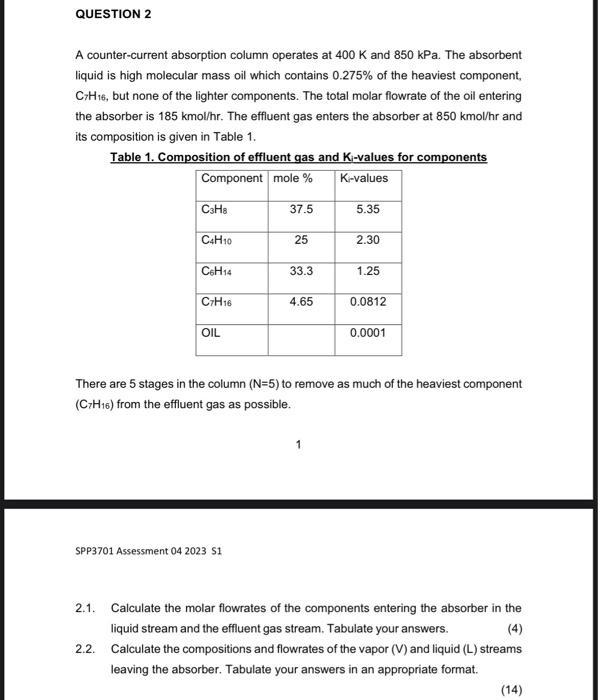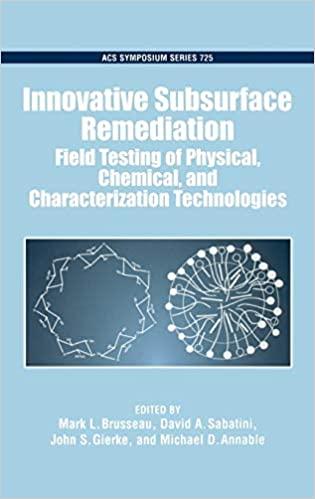Answered step by step
Verified Expert Solution
Question
1 Approved Answer
A counter-current absorption column operates at 400K and 850kPa. The absorbent liquid is high molecular mass oil which contains 0.275% of the heaviest component, C7H16,

Step by Step Solution
There are 3 Steps involved in it
Step: 1

Get Instant Access to Expert-Tailored Solutions
See step-by-step solutions with expert insights and AI powered tools for academic success
Step: 2

Step: 3

Ace Your Homework with AI
Get the answers you need in no time with our AI-driven, step-by-step assistance
Get Started


